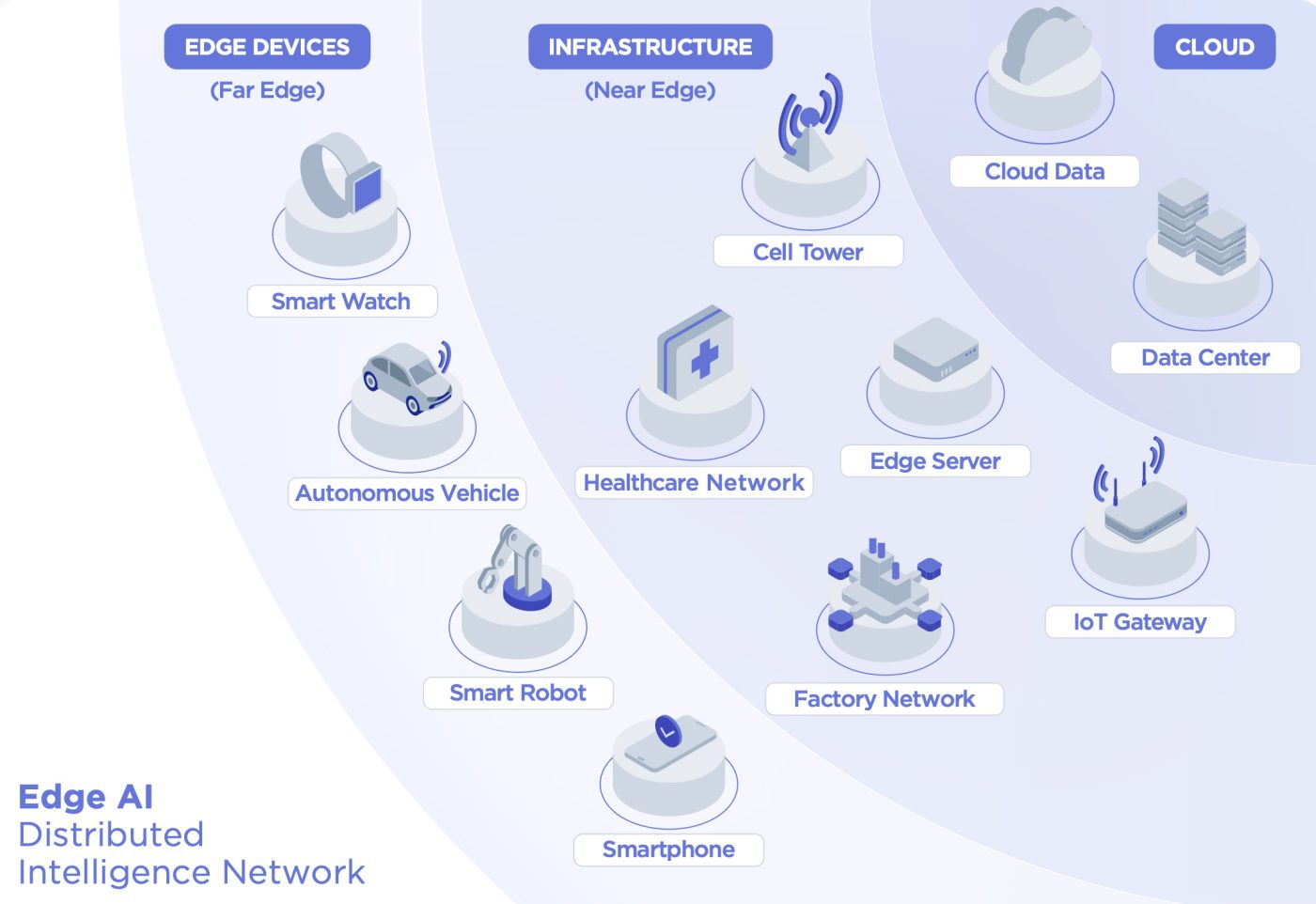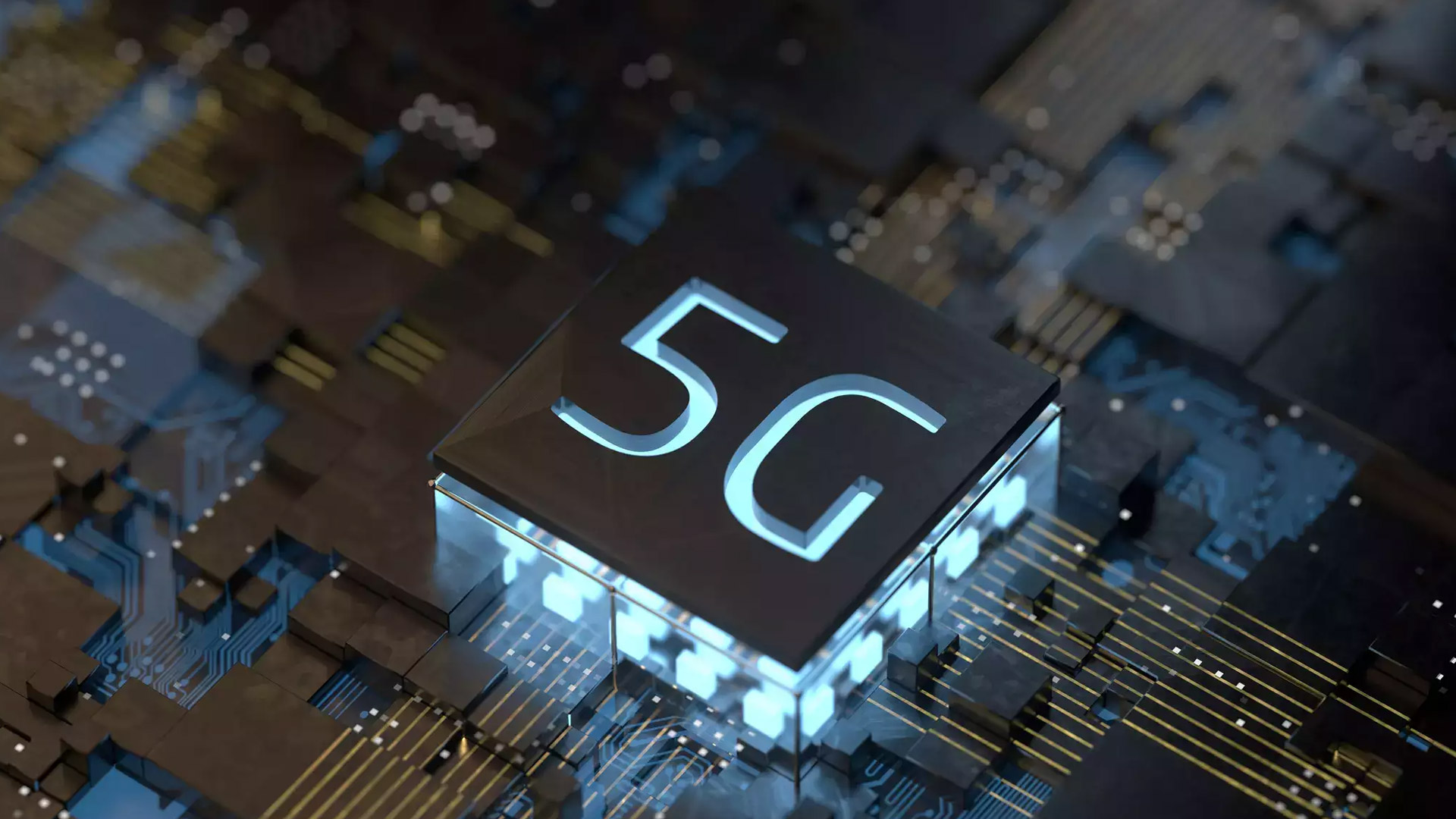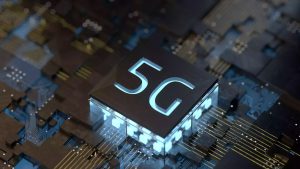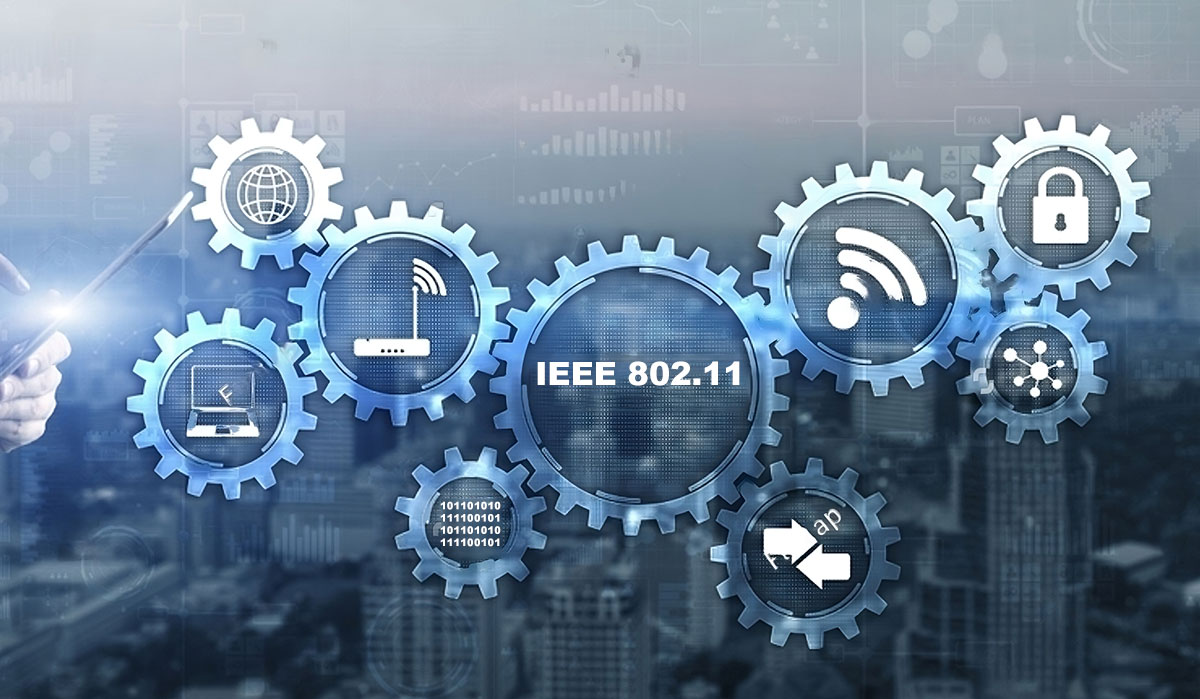Qualcomm’s New Wi-Fi 7 System Brings Edge AI to Home Networks: A Game-Changer for Connectivity

In a groundbreaking move for home networking, Qualcomm has unveiled its latest Wi-Fi 7 system, integrating edge AI capabilities to revolutionize how households connect and interact with smart devices. Announced on March 19, 2025, this system leverages Qualcomm’s Dragonwing Wi-Fi 7 platform and Networking AI Suite, marking a significant step forward in delivering intelligent, high-performance connectivity. As the demand for Wi-Fi 7 technology, edge AI in home networks, and smart home connectivity solutions continues to rise, Qualcomm’s innovation positions it as a leader in the evolving landscape of wireless technology. This article explores the system’s features, its impact on home networks, and the broader implications for consumers and the industry.
Unveiling Qualcomm’s Wi-Fi 7 System: A Fusion of Speed and Intelligence

Qualcomm’s new Wi-Fi 7 system, built on the Dragonwing platform, introduces a suite of advanced features designed to enhance home network performance through edge AI. Unlike traditional Wi-Fi systems that focus solely on speed, this solution prioritizes intelligent traffic management, low latency, and seamless device integration. The system was first showcased in a proof-of-concept (POC) with Singtel on February 28, 2025, where it demonstrated its ability to handle multiple devices and applications with unprecedented efficiency.
- Multi-Gigabit Speeds: The system delivers speeds up to 10 Gbps, surpassing Wi-Fi 6E and catering to bandwidth-intensive tasks like 8K streaming and VR gaming.
- Edge AI Integration: Using Qualcomm’s Smart Traffic Classifier, the system dynamically prioritizes network traffic, ensuring optimal performance for critical applications like video calls or gaming.
- Low Latency: Latency is reduced to single-digit milliseconds, ideal for real-time applications such as AR/VR and smart home automation.
- Seamless Device Management: Supports up to 200 simultaneous device connections, perfect for smart homes with numerous IoT devices.
- Enhanced Security: Incorporates AI-driven threat detection to protect against cyber threats, a growing concern in connected households.
The system’s ability to process AI tasks at the edge—rather than relying on cloud servers—sets it apart. This approach not only reduces latency but also enhances privacy by keeping data local, addressing consumer concerns about data security in smart home connectivity solutions.
Why Edge AI Matters for Home Networks
The integration of edge AI into home networks addresses the evolving needs of modern households, where the average home now contains over 20 connected devices, according to industry estimates. Traditional Wi-Fi systems struggle to manage this density, leading to congestion, dropped connections, and inconsistent performance. Qualcomm’s Wi-Fi 7 system uses AI to analyze usage patterns and optimize network resources in real-time, ensuring a seamless experience across all devices.
“Edge AI is transforming how we interact with technology at home,” said ST Liew, VP & President, Qualcomm Taiwan, SEA, and ANZ, during the Singtel POC announcement. “Our Wi-Fi 7 system empowers users with faster, smarter, and more secure connectivity, paving the way for the next generation of smart homes.”
This innovation aligns with broader industry trends, such as the collaboration between VVDN Technologies and Qualcomm, announced on March 2, 2025. VVDN’s AI-driven Wi-Fi 7 routers, powered by Qualcomm’s technology, aim to provide cost-effective solutions for smart homes, enterprises, and public spaces, highlighting the growing demand for intelligent networking solutions.
How Wi-Fi 7 and Edge AI Enhance Smart Home Experiences
The combination of Wi-Fi 7 and edge AI offers transformative benefits for smart home ecosystems, where devices like smart TVs, security cameras, and voice assistants require reliable connectivity. Qualcomm’s system ensures that these devices operate harmoniously, even in high-density environments.
- Intelligent Traffic Management: The Smart Traffic Classifier prioritizes bandwidth for critical tasks, such as ensuring a 4K video stream doesn’t buffer while a smart thermostat adjusts the temperature.
- Support for Emerging Technologies: With support for Wi-Fi 7’s 6 GHz band and multi-link operation (MLO), the system enables lag-free AR/VR experiences and real-time IoT interactions.
- Energy Efficiency: AI optimizes power usage by putting idle devices into low-power modes, reducing energy consumption—a key concern for eco-conscious consumers.
- Scalability: The system is designed to scale with future needs, supporting upcoming standards like Wi-Fi 8 and integrating with 5G for hybrid connectivity.
For example, a household streaming 8K content on a smart TV, gaming on a console, and running a video conference simultaneously can expect consistent performance across all activities. This capability is particularly relevant as smart home connectivity solutions become central to modern living, with global smart home device shipments projected to exceed 1.5 billion by 2026.
Industry Impact: Qualcomm’s Strategic Positioning
Qualcomm’s Wi-Fi 7 system is part of a broader strategy to dominate the edge AI and connectivity market, as evidenced by recent partnerships and acquisitions. On March 11, 2025, Qualcomm announced its collaboration with SK Networks, integrating its Dragonwing QCS6490 system-on-chip (SoC) into SK’s IoT solutions. This SoC supports on-device large language models (LLMs), enabling AI-driven applications in smart homes, such as voice assistants that process commands locally for faster response times.
Additionally, Qualcomm’s acquisition of Edge Impulse on March 11, 2025, enhances its ability to deploy AI models on edge devices, including home gateways and microcontrollers. This move complements Qualcomm’s earlier acquisition of Foundries.io, which enables containerized deployment for edge devices, as noted in a Forbes article on March 19, 2025. These strategic moves position Qualcomm to overcome historical challenges in scaling edge computing, a market that has been notoriously difficult due to diverse industry requirements and legacy vendor resistance.

Critical Perspective: Challenges and Opportunities
While Qualcomm’s Wi-Fi 7 system promises significant advancements, its adoption faces several challenges. The high cost of Wi-Fi 7 hardware—routers like the Asus ZenWiFi BQ16 Pro and Eero Max 7, reviewed by PCMag on February 12, 2025, are priced at a premium—may deter mainstream consumers. Additionally, the lack of widespread Wi-Fi 7 device support (most devices still use Wi-Fi 6 or 6E) means early adopters may not fully utilize the system’s capabilities until 2026 or later.
- Cost Barrier: High-end Wi-Fi 7 systems are overkill for most users, as noted by Engadget on March 18, 2025, potentially limiting adoption to tech enthusiasts and enterprises.
- Infrastructure Requirements: Achieving the system’s full potential requires fiber-optic backhaul, which may not be available in older homes or rural areas.
- Environmental Concerns: The production of new hardware raises questions about electronic waste, a growing issue as consumers upgrade their networks.
However, opportunities abound. Qualcomm’s focus on affordability, as seen in VVDN’s cost-effective Wi-Fi 7 routers, could democratize access to this technology. Moreover, the system’s backward compatibility ensures it can serve households with mixed device generations, easing the transition to Wi-Fi 7 technology. The integration of edge AI also opens new revenue streams for service providers, who can offer AI-driven services like network optimization and predictive maintenance, aligning with telecom industry trends.
Consumer Benefits: A Smarter, More Connected Home
For consumers, Qualcomm’s Wi-Fi 7 system delivers tangible benefits that enhance daily life. Families with multiple users streaming, gaming, and working from home can expect a frustration-free experience, even during peak usage. The system’s AI capabilities also enable smarter interactions with IoT devices, such as adjusting lighting based on occupancy or optimizing bandwidth for a child’s online class.
- Enhanced Privacy: Local AI processing reduces reliance on cloud servers, minimizing data exposure.
- Future-Proofing: Support for Wi-Fi 7 and potential Wi-Fi 8 upgrades ensures longevity, protecting consumer investments.
- Improved User Experience: Features like seamless device handoff and prioritized traffic eliminate common pain points like buffering or dropped connections.
The Road Ahead: Qualcomm’s Vision for Connectivity
Qualcomm’s Wi-Fi 7 system is a stepping stone toward a broader vision of AI-native networks, as seen in its partnership with NVIDIA and telecom giants like T-Mobile and Cisco to develop 6G networks, announced on March 19, 2025. By embedding AI into the core of wireless infrastructure, Qualcomm aims to create a cohesive ecosystem where Wi-Fi, 5G, and 6G work together to deliver unparalleled connectivity. This vision aligns with the company’s efforts to diversify beyond mobile handsets into smart homes, automotive, and IoT, as highlighted in a Seeking Alpha report on December 26, 2024.
The system also sets the stage for future innovations, such as the integration of ambient power communication and millimeter-wave (mmWave) frequencies, which could further enhance performance in high-density environments. However, the success of these advancements will depend on overcoming regulatory hurdles, such as spectrum allocation for 6 GHz and mmWave bands, which vary by region (e.g., China’s allocation of 6 GHz for 5G/6G).
A New Era of Home Networking
Qualcomm’s new Wi-Fi 7 system, with its edge AI capabilities, marks a pivotal moment in home networking, offering a blend of speed, intelligence, and reliability that redefines the smart home experience. While challenges like cost and infrastructure requirements remain, the system’s benefits—faster speeds, lower latency, and enhanced privacy—make it a compelling choice for tech-savvy households and early adopters. As Qualcomm continues to innovate in Wi-Fi 7 technology and edge AI in home networks, it is paving the way for a future where connectivity is not just fast, but also smart and secure. For consumers and industry stakeholders alike, this development signals the dawn of a new era in smart home connectivity solutions, one that promises to transform how we live, work, and connect.













